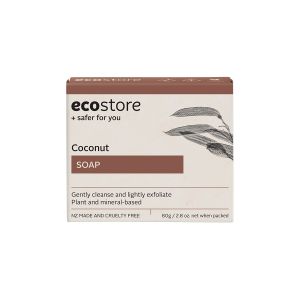Cocos Nucifera (Coconut) Fruit

Cocos Nucifera (Coconut) Fruit
Coconut fruit is the white fleshy endosperm (oil-rich tissue produced inside the seed) of the drupe of the coconut tree (Cocos nucifera).
Coconut is a tree in the palm (Arecaceae) family, found in moist, tropical climates. Trees grow up to 30 meters tall, with large feather-like leaves and smooth trunks. Coconuts are commonly grown in tropical countries, and are particularly suited to small-scale production where they can be combined with other crops such as cassava, yams, sweet potatoes, bananas and pineapples. The fruit or ‘drupe’ of the tree is notable for its heavy protection (a thick, fibrous husk followed by a hard shell), high water content and oil-rich flesh. The husk, shell, flesh, oil and milk of the coconut all have useful applications and a rich history of use for cooking, soap-making, cosmetics, religious rituals and furniture making in many different cultures.
Coconut fruit is produced by dehusking the coconut, then breaking the shell and separating the edible flesh. Coconut is rich in saturated fatty acids and contains several important vitamins and minerals, including potassium, iron and zinc. The flesh can also be dried into copra and used to produce coconut oil.
We use small strands of coconut fruit in our coconut soap to provide gentle exfoliation.
Botanical name: Cocos nucifera
Main constituents: (fatty acids) Lauric Acid, Myristic Acid, Palmitic Acid, Caprylic Acid, Capric Acid, Oleic Acid (proteins) Glutamic Acid, Arginine (vitamins) vitamin C, vitamin B3


